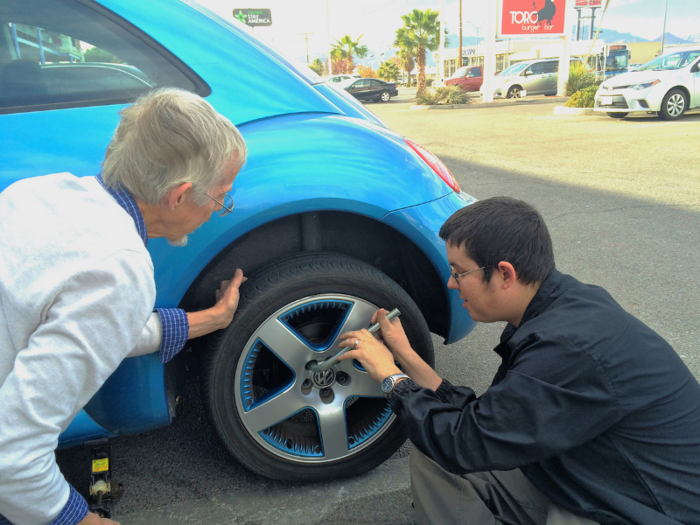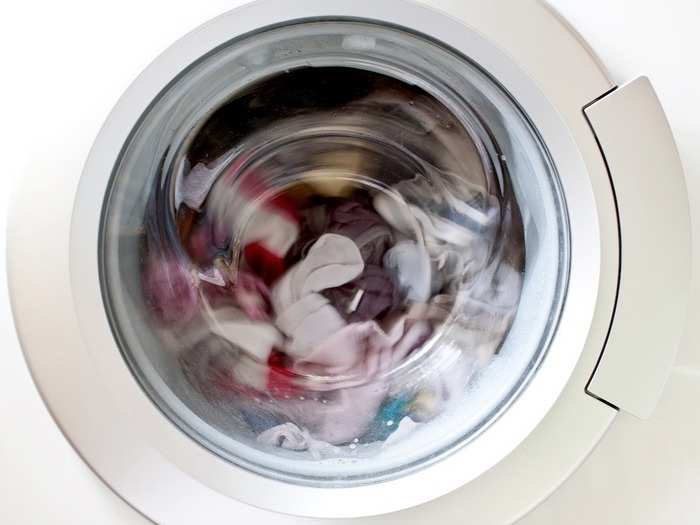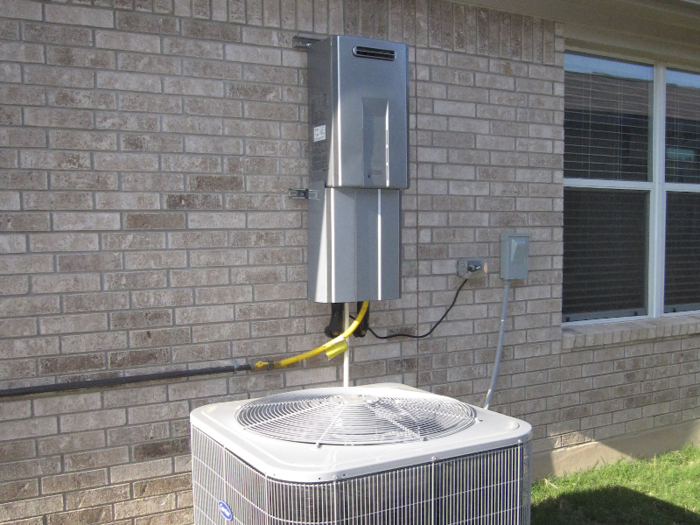- Home
- slideshows
- miscellaneous
- How many carbon emissions you can actually save by doing these 10 things
How many carbon emissions you can actually save by doing these 10 things
Cut back on your meat intake.

Eating more chicken instead of beef could also make a difference.

Eating red meat has a larger environmental impact than other food choices. According to The Washington Post (which used data from the EPA), swapping chicken for beef once a week could reduce your CO2 by by 270 kilograms annually. That's the equivalent of about 30 gallons of gas.
Driving at the speed limit, keeping your speed constant, and avoiding rapid acceleration or stopping could improve your mileage per gallon by 30%.

A study by the US Department of Energy found that more aggressive driving — meaning accelerating quickly and braking suddenly — burns significantly more fuel than driving at consistent speeds and braking slowly.
According to the Carbon Fund, commuters could save more than a ton of CO2 each year by simply making sure to accelerating slowly and smoothly, stick to the speed limit, keep speeds steady, and fully anticipate times they need to stop and start.
Regular maintenance on your car can also keep your carbon footprint down.

Keeping your tires inflated can save between 400-700 pounds of CO2 annually, according to the Carbon Fund. If your tires aren't inflated properly, the car requires more energy to get moving, thus creating more emissions.
Washing two loads of laundry in cold water each week is also an easy way to cut down your energy use.

Washing your clothes uses a lot of energy, and fossil fuels were almost certainly burned to generate that energy.
But according to The New York Times, around 75% of the energy used by your washing machine goes to heating the water. By washing your clothing in cold water, therefore, you can cut down on your CO2 emissions from laundry.
For example, if you do seven loads of laundry per week in cold water, you can cut down on 218 pounds of CO2 per year, according to the EPA. Switching to cold water can also help to save you up to $40 annually.
By running the dishwasher only when full, you can save 100 pounds of carbon dioxide annually.

It can be tempting to run a lazily packed dishwasher, but every time you do that, you're wasting water and widening your carbon footprint. Depending on what kind of dishwasher you use, it could be using anywhere from 5 to 10 gallons of water per load, according to CNET.
By making sure that you only run the dishwasher when totally full, according to the EPA, you could cut your carbon footprint by 100 pounds of CO2 per year. Plus, doing so can save you an estimated $40 per year.
Turning the temperature on your water heater down from 140 degrees Fahrenheit to 120 degrees could save approximately 550 pounds of carbon dioxide annually.

This temperature change can also save you money on heating costs and decrease the risk of scalding.
Compact fluorescent light bulbs use 60% less energy than their incandescent counterparts.

Replacing just three incandescent light bulbs with more energy-efficient compact florescent light bulbs could save approximately 300 pounds of carbon dioxide a year. Plus, florescent bulbs typically last longer than traditional ones, which can save you money in the long run.
Going car-free can have a big impact if that works with your lifestyle.

One of the most impactful ways to reduce your carbon footprint is one of the most difficult: giving up your car. Of course, this is not something everyone can do — access to reliable transportation can facilitate better jobs for many people, and plenty of homes aren't within walking or cycling distance of offices or schools.
But if a car-free life is feasible for you, it's one of the best ways to reduce your greenhouse-gas emissions. According to a 2017 article published in the journal Environmental Research Letters, that change could reduce your annual carbon footprint by 2.4 metric tons.
Reducing your air travel even by one flight can also have a big impact.

Another major way to reduce your carbon footprint, according to the same 2017 paper, is limiting your air travel. By taking one fewer round-trip, transatlantic flight per year, the average consumer can reduce their footprint by around 1.6 metric tons (3,527 pounds) of carbon dioxide.
Popular Right Now
Popular Keywords
Advertisement